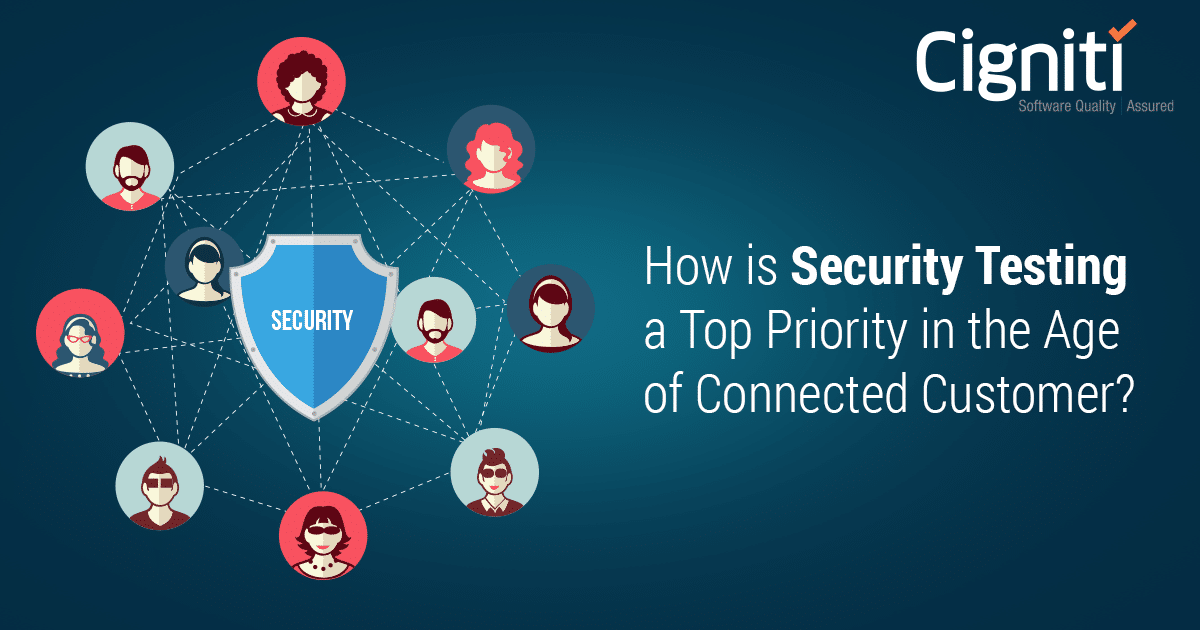How Can Vulnerability Assessment Save You From the Next Crash?
|
Listen on the go!
|
In a recent development, sensitive personal data of almost 50,000 Australians and about 5,000 Australian Federal public servants got exposed online. It has been recorded as one of the biggest ever data breaches in the country. The affected parties include employees of the Department of Finance, the Australian Electoral Commission, and National Disability Insurance Agency. This massive data leak comprises some absolutely confidential information such as credit card numbers and corporate information including salaries and expenses.
In this virtually connected world, how can countries, organizations, and institutions save their businesses from turning into a hacker’s paradise?
Gartner in its ‘Security and Risk Management Scenario Planning, 2020’ has estimated a disturbing analysis. “By 2020, 30% of Global 2000 companies will have been directly compromised by an independent group of cyber activists or cyber criminals. This prediction is not surprising, considering the fact that leading risk indicators are difficult to identify when the organization’s cyber foes, including their strategy, competences, and actions, are unknown.”
The scariest note of this entire analysis is the growing ‘fear for the unknown’, which ultimately establishes the need to assess better, and build an organizational strategy that addresses all the risk indicators related to cyber threats. Vulnerability Assessment is a risk management process that helps organizations to identify, evaluate, estimate, and prioritize expected vulnerabilities and threats within a software or an overall system.
Vulnerability Assessment cannot be and is certainly not an isolated activity, and doesn’t confine its activity to a single field. Moreover, it is applied across diverse industries such as IT systems, Energy and other utility systems, transportation, and Communication systems. It helps define the impact of loss rating and assesses the system’s vulnerability to the expected threat.
The impact loss differs from system to system as per the impact of its function. For instance, downtime with a banking application can cause a major threat to its ongoing business operations. Consequently, it is important to connect all these vulnerabilities to the expected impact of the business, which will eventually differ from the nature of the business. There is a common ground that we can consider to enable the overall assessment process and keep it more or less generic.
· Look inwards
At the initial phase it can be really helpful and beneficial to do vulnerability assessment and understand the organization’s mission-critical processes and core infrastructure. This will eventually help to prioritize the risks and address them in a strategic manner. For instance, if you are an ecommerce brand it becomes absolutely critical for you to ensure that your application doesn’t crash on any device or across any OS version during any Big Day Sale.
· Get to know your business processes
While you are in the process of assessing your vulnerabilities in the context of your business objectives, it is inevitable to understand the business processes. These processes need to be understood with reference to its compliance, customer privacy, and competitive outlook. When IT and business units collaborate, it enables teams to put together the much needed and relevant security strategy. It further helps IT teams to gauge the dependability on the various information sources and infrastructure for executing the business processes effectively.
It also helps to prioritize the business processes and ranks them in terms of its mission criticality and sensitivity. It also enables teams to identify the applications and data on which the business processes depend. This cannot be achieved without seamless collaboration between IT and other business units.
· Identify hidden data sources
When application and data sources are searched, it is important to take into account various other portable devices such as tablets and smartphones of all dimensions and specifications. Further to this, it also makes sense to work with business units to know about various data sources for these applications. This helps understand any expected loopholes in the system. Considering that today applications source massive chunk of information from various sources, it can be helpful to identify if the vulnerabilities lie there. In such cases, software developers and testing folks generally use mission-critical data to test either a new or upgraded application.
· Assess the Hardware/Cloud infrastructure that supports the applications and data
It helps to work under the layer of infrastructure to detect the servers that are available virtually as well as physically. These servers enable businesses to run their business-critical applications smoothly. These servers further hold on to the sensitive information that is needed to run these applications. So, it is very much important to check the hardware for any possible vulnerability by evaluating its significance in the context of the business. Checking these data storage devices is also equally important to ensure there is no data leak from the source servers.
Even the network infrastructure needs to be mapped with the hardware, as it will help develop understanding of the routers and other network devices that the applications need for swift and secure performance.
· Check for the security and business continuity controls
Whether its policies, firewalls, application firewalls, Virtual private networks (VPNs), or Data Loss Prevention (DLP) and encryption, it is crucial to verify these controls to check them for any kind of loopholes. These factors will ultimately determine the continuity of the application in case of any probable attack. This not only needs skills, but also requires research to ensure continued operations and performance.
In Conclusion
In the Vulnerability Assessment process, teams map the application and data flows in the backdrop of the underlying hardware, network infrastructure, and various data sources. It is also important to run vulnerability scans to check for gaps or flaws in an automation mode. Businesses are getting more and more vigilant about cyber threats and data leaks, where Vulnerability Assessment turns out to be a major saviour.
Cigniti has a dedicated Security Testing Center of Excellence (TCoE) that has developed methodologies, processes, templates, checklists, and guidelines for web applications, software products, networks, and cloud. We offer end-to-end security testing services including Network Penetration Testing, SCADA Network Vulnerability Assessment and Penetration Testing, Web Application Penetration Testing, Wireless Network Assessment, and Penetration Testing.
Connect with our experts to build a future-proof strategy for your business-critical applications.





Leave a Reply